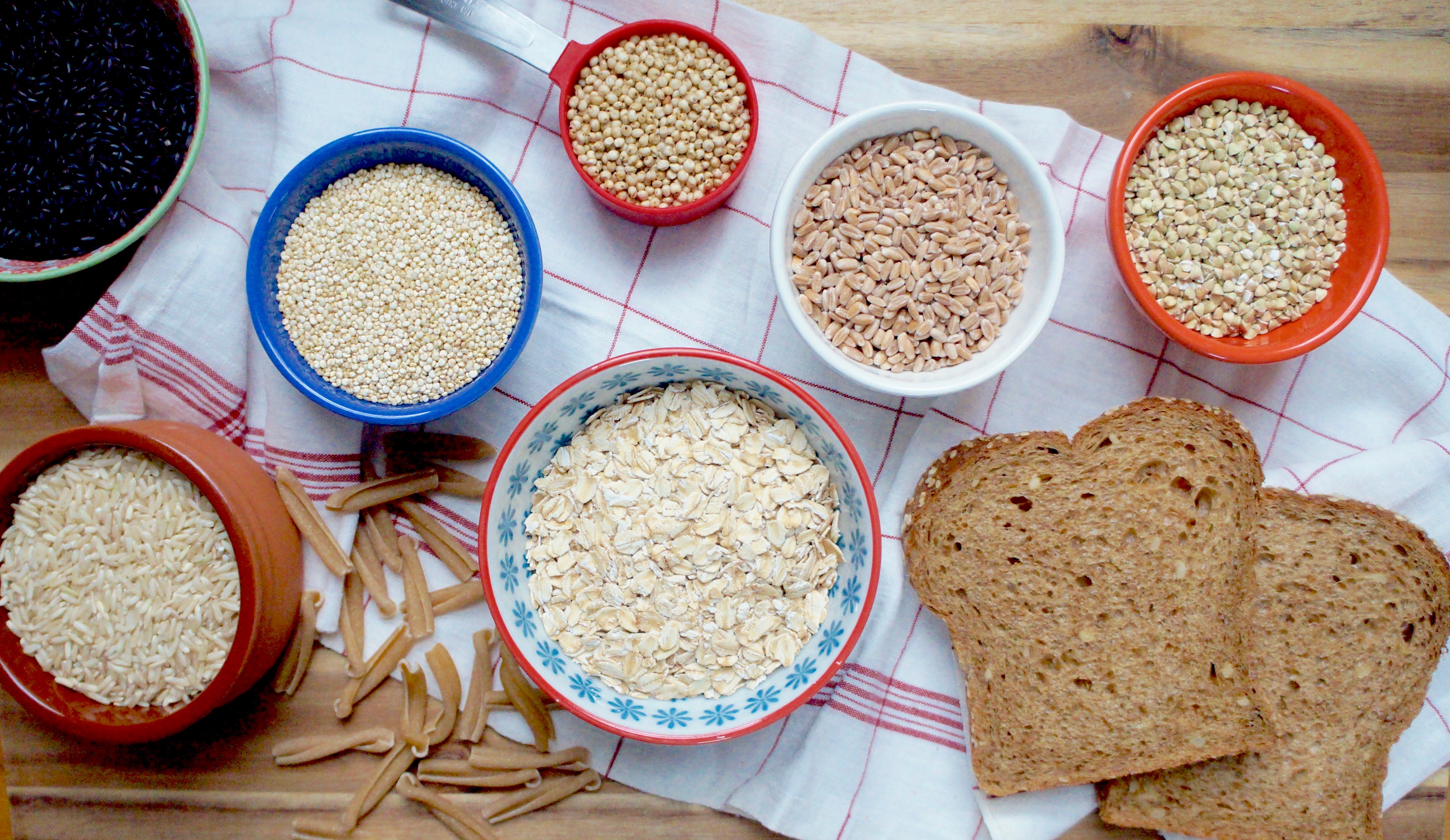Share This
From intermittent fasting to restrictive dieting, Americans are targeted left and right by messaging advising them what not to do and what not to eat. However, research on the gut microbiome suggests that a different approach is warranted: Eat more. Specifically, more types of plants.
Researchers at the American Gut Project have found that people who eat at least 30 different types of plants per week are more likely to have more diverse microbial communities in their gut and are less likely to have antibiotic resistance genes than people who eat fewer than 10 types of plants per week. Plants include everything from different types of veggies (like carrots or broccoli) to different types of nuts (like walnuts or peanuts) to different types of grains (like wheat or quinoa).
People instinctively understand that it’s not ideal to eat the exact same fruit or exact same vegetable every day — that our bodies need variety. But when it comes to grains, even people who eat whole grains day in and day out (including me!) can get into a rut and resort to the same few staples.
Eating a diversity of whole grains is an easy way to increase the number of plant foods you’re eating. In the past week, how many whole grains have you eaten off this list?
- Amaranth
- Barley
- Buckwheat
- Corn
- Millet
- Oats
- Quinoa
- Rice (including brown rice, black rice, red rice)
- Rye
- Sorghum
- Teff
- Triticale
- Wheat (including bulgur, farro, einkorn, whole wheat etc.)
- Wild Rice
If your total count is in the low single digits, it might be time to add some variety to your whole grain routine. Rather than eating the same handful of staple grains, mix it up by choosing one or two new grain foods to purchase at the grocery store this week.
For breakfast, rotate between oatmeal, whole wheat toast, amaranth porridge, teff porridge, or buckwheat pancakes. For lunch, rotate between whole wheat bread and rye bread, or snack on crackers made from rye, brown rice, or whole corn. For dinner, mix it up between brown rice, quinoa, millet, barley, sorghum, and wild rice.
Eating a wide variety of vegetables, fruits, beans, nuts, seeds, spices, and herbs is a wonderful way to nourish your gut microbiome with the diverse sources of fibers and nutrients that it thrives on. But we mustn’t forget about whole grains! Whole grains are an integral part of the plant kingdom, providing our bodies with quite a spectrum of essential nutrients.
To get your microbial health on track, rejoice in the choice of delicious and nutritious plant foods available today. With a greater variety of whole grains in your grocery cart, 30 plants per week is more attainable than you might think! (Kelly)
To have our Oldways Whole Grains Council blog posts (and more whole grain bonus content!) delivered to your inbox, sign up for our monthly email newsletter, called Just Ask for Whole Grains.


Comments
Add a Comment